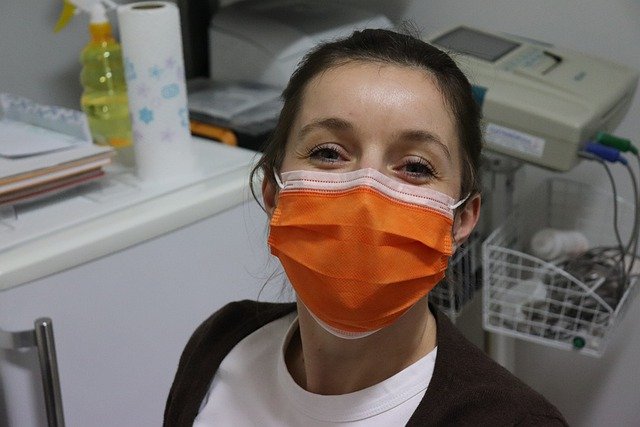What are asbestos fibers and asbestos?
Asbestos is a group of naturally occurring, fibrous minerals. Asbestos was widely used in previous years in building materials. Unfortunately, research has shown that asbestos fibers can cause major breathing problems as well as *cancer. These old, brittle asbestos products can also release tiny, even microscopic, fibers. These fibers can remain suspended in the air and enter the lungs of individuals when they inhale around the areas where the fibers have been released. These hazardous, airborne asbestos fibers are not easily detected because they have no odor or taste. Because of the health risks, the federal government has banned the use of asbestos in certain products, but it can still be used in some others deemed to have controlled the risk through the manufacturing process.
What are some common sources of asbestos?
You are probably wondering where asbestos can actually be found, indoors. Asbestos can be found in deteriorating, damaged, or agitated materials — in everyday household or workplaces such as building insulation, fireproofing, acoustical materials, and floor tiles. These building materials can all be sources of airborne asbestos, found indoors. When asbestos-containing materials are disturbed, or agitated, tiny fibers break off and are suspended in the air. Unfortunately, these fibers may indeed remain airborne for long periods of time before settling in the dust on building floors.
It stands to reason that the people who will be working with or around asbestos (such as miners, asbestos abatement workers, custodial and maintenance workers, and insulation workers) face a greater risk of exposure. If proper safety precautions—masks and coverings—are not used, and used and removed properly, workers may carry asbestos fibers to their homes and families.
How does asbestos affect health over the short and long-term?
In the short term, asbestos can cause cancer, plain and simple. Inhaling asbestos fibers increases the risk of developing lung cancer and mesothelioma, a deadly cancer of the thin lining surrounding the lungs and other organs. The risk depends on the quantity you inhale, how long ago you were exposed, and other health factors such as acute asthma, or whether you are a smoker. Smoking cigarettes, in addition to inhaling asbestos, will greater increase your chances of developing lung cancer.

What happens when you inhale asbestos? When you inhale asbestos, the tiny asbestos fibers will enter your air passages. Your body’s natural defenses will actually remove most of these particles. The majority of the asbestos particles you inhale will be carried away or coughed up in a layer of mucus which purpose is to protect your lungs. However, some fibers are still able to bypass those defenses and can lodge deep within your lungs. Those fibers can remain deep within your lungs for a very long time and it is possible that they may never be fully removed. In fact, most of the harmful impacts of asbestos will not be seen immediately. They often are those long-term effects that can develop years after exposure happens.
Another complication of long-term exposure to high concentrations of airborne asbestos is that over long periods, exposure can also create non-cancerous problems in the lungs and chest. Such exposure can scar tissue in the lungs, in a condition called asbestosis. The scar tissue does not behave like normal, healthy lung tissue and makes the affected person’s breathing difficult. Asbestosis is a very serious and life-threatening disease. The good news is that most people who are only exposed to light to moderate levels of asbestos are not very likely to develop more serious diseases such as asbestosis.
Can you protect yourself from asbestos and how to do so?
Yes, the good news is if you know or suspect there is asbestos in your home or workplace, the best advice is to leave the material alone if possible. Leave it alone, meaning that if you do not agitate the material containing the asbestos, exposure is minimal. As long as the material containing asbestos is still in good condition, not deteriorating, and not disturbed, then the health risk is greatly reduced. We highly recommend that you contact asbestos abatement contractors in NYC. The asbestos fibers are unlikely to become airborne unless materials are cut, filed, sanded, ripped, or drilled into. If you do need to remodel a building that contains asbestos materials or remove or clean up asbestos anywhere, be sure to hire trained environmental abatement professionals.
If you are looking for asbestos removal in Brooklyn or surrounding areas, and know where asbestos material is distressed or you suspected, be sure to limit access to the area. Do not try to take samples yourself to test for asbestos. That sampling can do more damage than leaving the material alone. Consult a trained professional. Sealing or covering the exposed material often can be a better option than removal. Contact Hi-Tech Environmental Renovation today.
*Source: American Cancer Society
